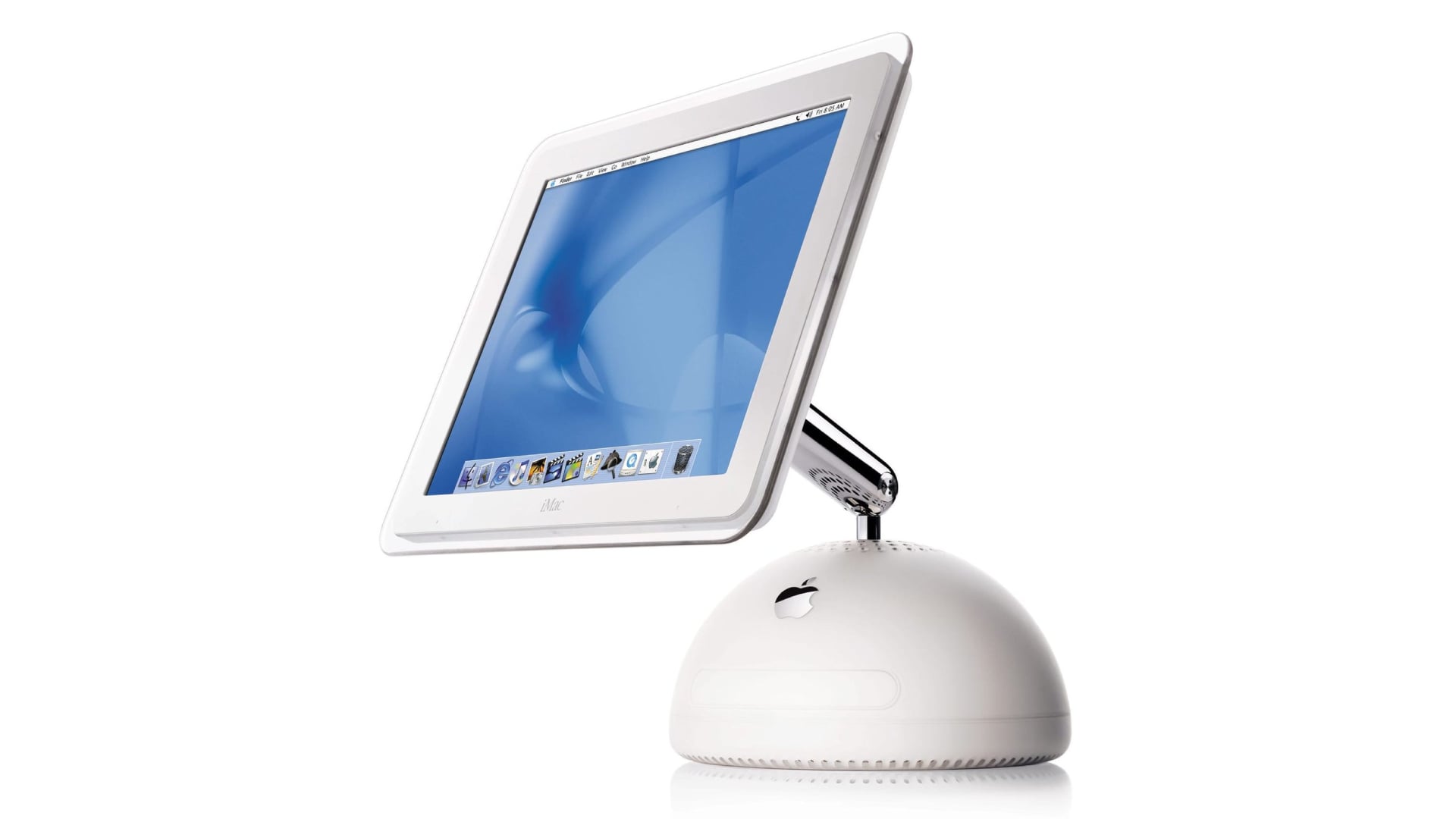Imagine a sunflower. Now imagine a computer that looks like one. Now imagine a sunflower-style computer running an interface that mimics the look and feel of glass. That’s what I’m staring at – online at least – and I can’t look away from this iMac G4 running Liquid Glass.
It’s quite the mashup. The iconic iMac G4 launched 23 years ago with OS X and Liquid Glass is part of the macOS Tahoe 26 Public Beta, which launched just days ago. The project, spotted by 9to5Mac, is the brainchild of Colby Sheets, who first took the 2002 all-in-one, gutted it, and installed an M1 Mac Mini in 2021.
He posted about that on X and in this most recent follow-up, displayed a few images of what macOS 26 would look like on the iMac G4’s floating, 15-inch active matrix LCD screen.
Liquid Glass in macOS 26 Tahoe looks amazing on the iMac G4 btw 🙂↕️ pic.twitter.com/VksD7oEfd4August 2, 2025
In a word, it looks lovely, but it’s not just that the macOS 26 interface tries to ride the fine line between frosted glass mimicry and readable interface elements. I’m not sure I’d be as entranced if it weren’t on the all-but-forgotten first floating-screen, all-in-one iMac.
I have a certain affinity for this system because it takes me back to a pivotal moment in tech history.
It was a recession, not a great time for computing or even the Internet, which was experiencing the aftermath of the rapid deflation of the dot-com bubble. Our industry needed something.
The last design and development spark had come, unsurprisingly, from Apple, which under returning CEO Steve Jobs’ guidance introduced the first candy-colored all-in-one iMac that was both a design and commercial hit.
Things had been relatively quiet since then, with only the original iPod, more of a consumer electronics device, to inspire the Apple minions and gadget enthusiasts at large. On the computing side, it was the doldrums. Many of the Windows whitebox PC companies had either been acquired or were disappearing (Gateway, eMachines, Zeos), and what the rest of the industry was producing were mostly uninspiring tower PCs.
Blooming technology

The iMac arrived as a cover story in Time Magazine on January 14, 2002. It was weeks before the unofficial unveiling of the product at Macworld, so we all pored over the story and marveled at the images of this utterly unique system.
With just a 10.4-inch in diameter, circular, domed white base, chrome arm, and floating thin panel display, the iMac G4 looked nothing like the last iMac or any of the All-in-One PCs then filling Best Buy, Circuit City, and Micro Center shelves.
The design was quite intentional. Jobs recounted to Time the conversation he had in his backyard flower garden with then Apple Designer Jony Ive about how the new iMac should differ from the previous and arguably still quite popular model.
“Why have a flat display if you’re going to glom all this stuff on its back? Why stand a computer on its side when it really wants to be horizontal and on the ground? Let each element be what it is, be true to itself.” Instead of looking like the old iMac, the thing should look more like the flowers in the garden. Jobs said, “It should look like a sunflower.”
And so it does. The iMac G4 (for the CPU inside) is arguably the most plant-like of all iMacs before or since. New iMacs still have a floating display, but the base is flat and devoid of components, which now all fit neatly inside the screen panel body. Any other design, and Colby Sheets probably could not have squeezed Mac Mini components inside the classic iMac.
Up close and still out of reach

A few months after the Time Magazine article and the Macworld launch, an iMac G4 finally arrived at PC Magazine, where I worked in 2002. In person, it was even more impressive. Our first look lauded the new system’s design, though we weren’t thrilled with the “insubstantial” keyboard and one-button mouse. Still, the bundled software that included iMovie, iTunes, iDVD (the system could burn CDs and DVDs), and iPhoto stood out among PC offerings.
My romanticism of that design is a direct result of its brevity. Apple shifted away from the sunflower look within two years, replacing it with the iMac G5, which set the design language for all future iMacs.
I, though, have reason to think of the iMac G4 every so often. On many of my weekly walks with my wife, we make our way through our small town, walking by all the business storefronts. Inside one, quite close to a window, is an iMac G4. I’ve never seen it turned on, but each time, I fantasize about marching into the business and asking the proprietor to sell it to me.
Maybe someday. And then I guess I’ll gut it and run macOS 26.





